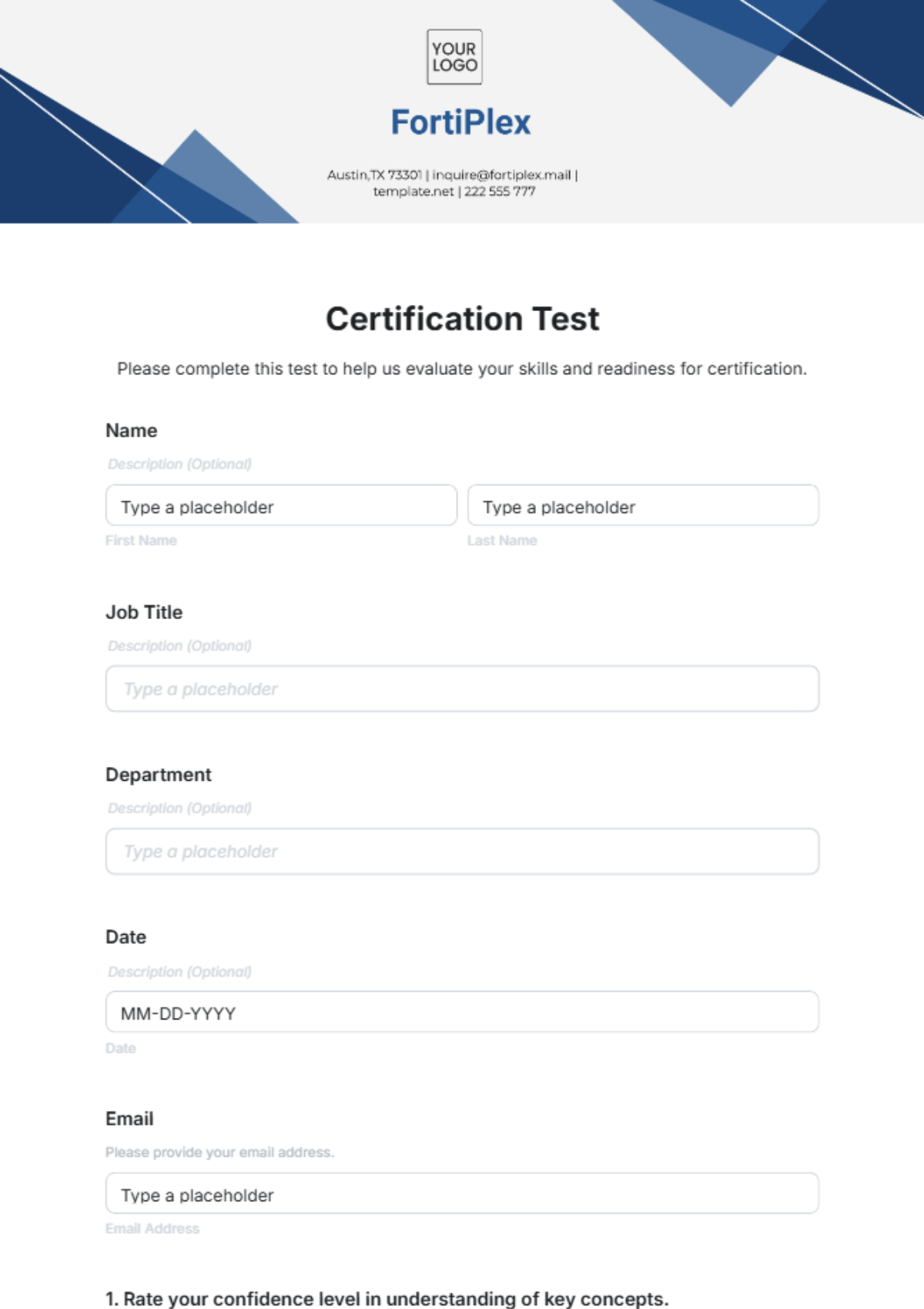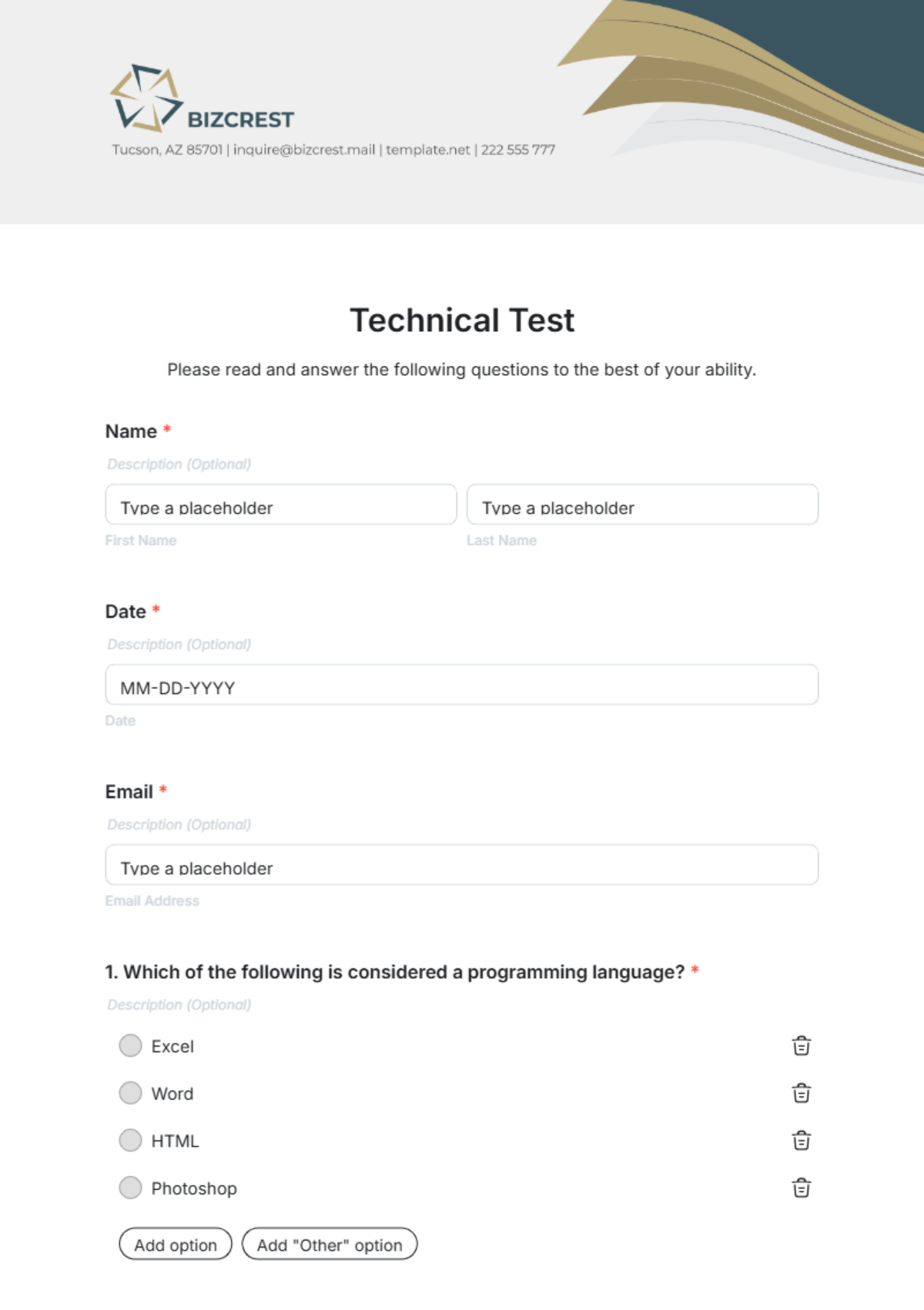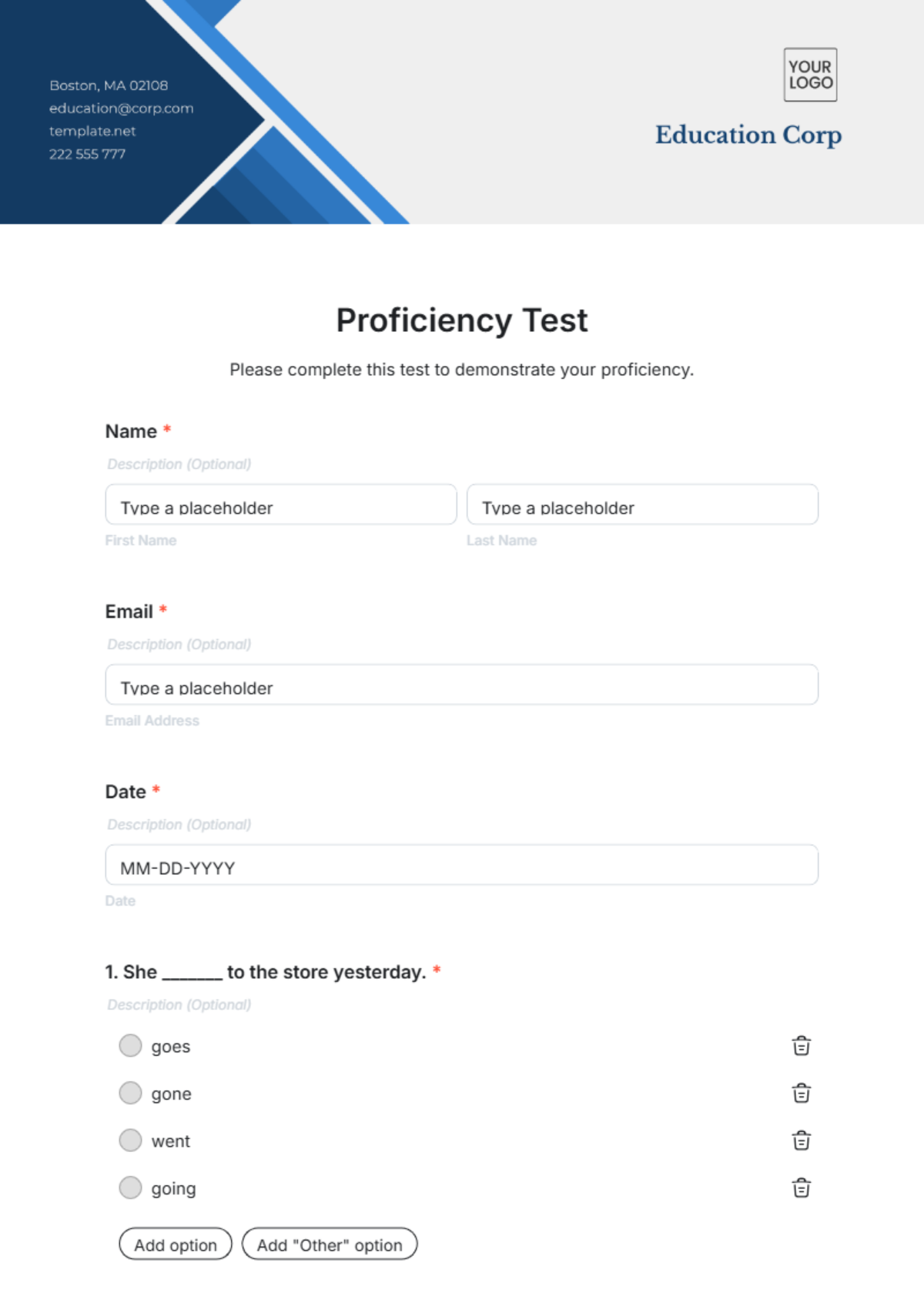Free Incident Response Test Plan Template
Incident Response Test Plan
_____________________________________________________________________________________
_____________________________________________________________________________________
I. Introduction
This Incident Response Test Plan outlines the procedures and guidelines for testing [Your Company Name]'s incident response capabilities. The primary objective is to evaluate and enhance our readiness to detect, respond to, and recover from cybersecurity incidents effectively.
_____________________________________________________________________________________
II. Roles and Responsibilities
Roles | Responsibilities |
|---|---|
Cybersecurity Team | Oversees the planning, execution, and evaluation of the test. |
IT Professionals | Participate in the test and implement technical aspects of the response. |
Incident Response Team | They are actively responding to simulated incidents as per their designated roles. |
Senior Management | Review the test plan and outcomes to ensure alignment with [Your Company Name]'s organizational objectives. |
Auditors and Consultants | Provide insights and recommendations for improvement based on the test results. |
_____________________________________________________________________________________
III. Test Scenarios
Phishing Attack
Simulate an email phishing campaign to assess [Your Company Name]'s ability to detect and mitigate phishing attempts.
Malware Outbreak
Create a scenario involving the malware outbreak within the network to evaluate response procedures and containment measures.
_____________________________________________________________________________________
IV. Testing Procedures
Preparation
Notify relevant stakeholders about the upcoming test and ensure all necessary resources are available.
Execution
Conduct the test according to predefined scenarios, following established procedures and timelines.
Monitoring
Continuously monitor the test progress, documenting observations and any deviations from the plan.
Debriefing
Hold a post-test debriefing session to discuss findings, identify strengths and weaknesses, and document lessons learned.
_____________________________________________________________________________________
V. Evaluation Criteria
Detection Time
Measure the time taken to detect simulated incidents from the initial trigger.
Response Time
Evaluate the speed and effectiveness of the response actions taken to contain and mitigate the incident.
Communication Effectiveness
Assess the clarity and timeliness of communication among team members and stakeholders during the test.
_____________________________________________________________________________________
VI. Communication Plan
Internal Communication
Utilize designated communication channels (e.g., email, instant messaging) to share updates and instructions.
External Communication
Prepare templates for communicating with external parties (e.g., vendors, customers) in the event of a real incident.
_____________________________________________________________________________________
VII. Post-Test Activities
Analysis
Analyze test results, identify areas for improvement, and document observations.
Documentation
Update incident response documentation based on lessons learned and best practices identified during the test.
Training
Schedule training sessions to address any gaps or deficiencies identified during the test.
_____________________________________________________________________________________
VIII. Appendices
Contact List
List of key contacts and their roles during an incident.
Checklists
Checklists for incident detection, containment, and recovery processes.
Templates
Templates for incident communication, including notifications and status updates.
_____________________________________________________________________________________







































